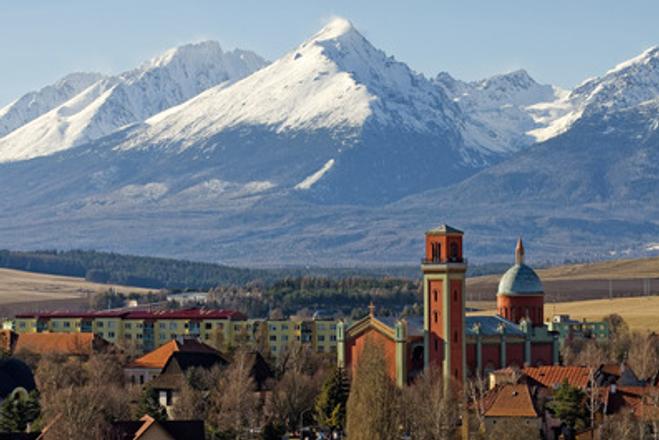An almost empty long street with old houses on both sides welcomed me on the cold early November day when I arrived to Kežmarok.
The Basilica of the Holy Cross, built in the 14th century with its Renaissance belfry, dominated the landscape. A bit further, I could see the wooden evangelical articular church built in 1717 and added to UNESCO’s World Heritage List about a decade ago. I admired it from the outside and then found my way towards the castle. I walked past very old houses which traditionally belonged to local traders at a time when the town was flourishing, many nicely reconstructed with respect to their original style. The castle built as part of the town fortifications in 1463 attracts about 60,000 visitors per year, both Slovaks and foreign.
I was told that on a sunny day you can even catch a glimpse of the Tatra Mountains. So how come despite this touristic potential and an industrial park nearby, the district of Kežmarok has an unemployment rate of 14.4 percent, three times higher than Slovakia's average? In fact, it ranks second in the country, after Rimavská Sobota.


 The town of Kežmarok, Slovakia (source: SITA)
The town of Kežmarok, Slovakia (source: SITA)